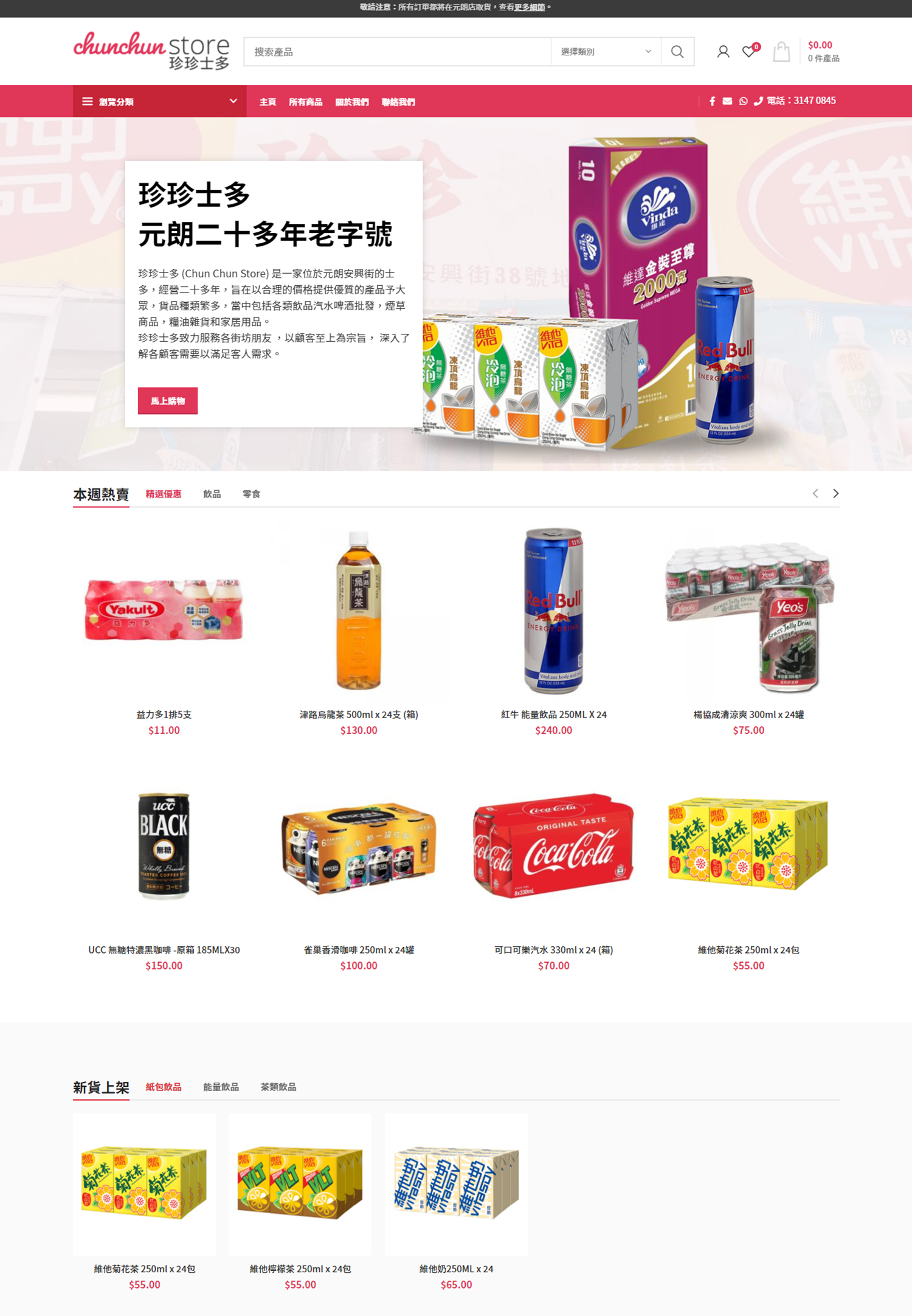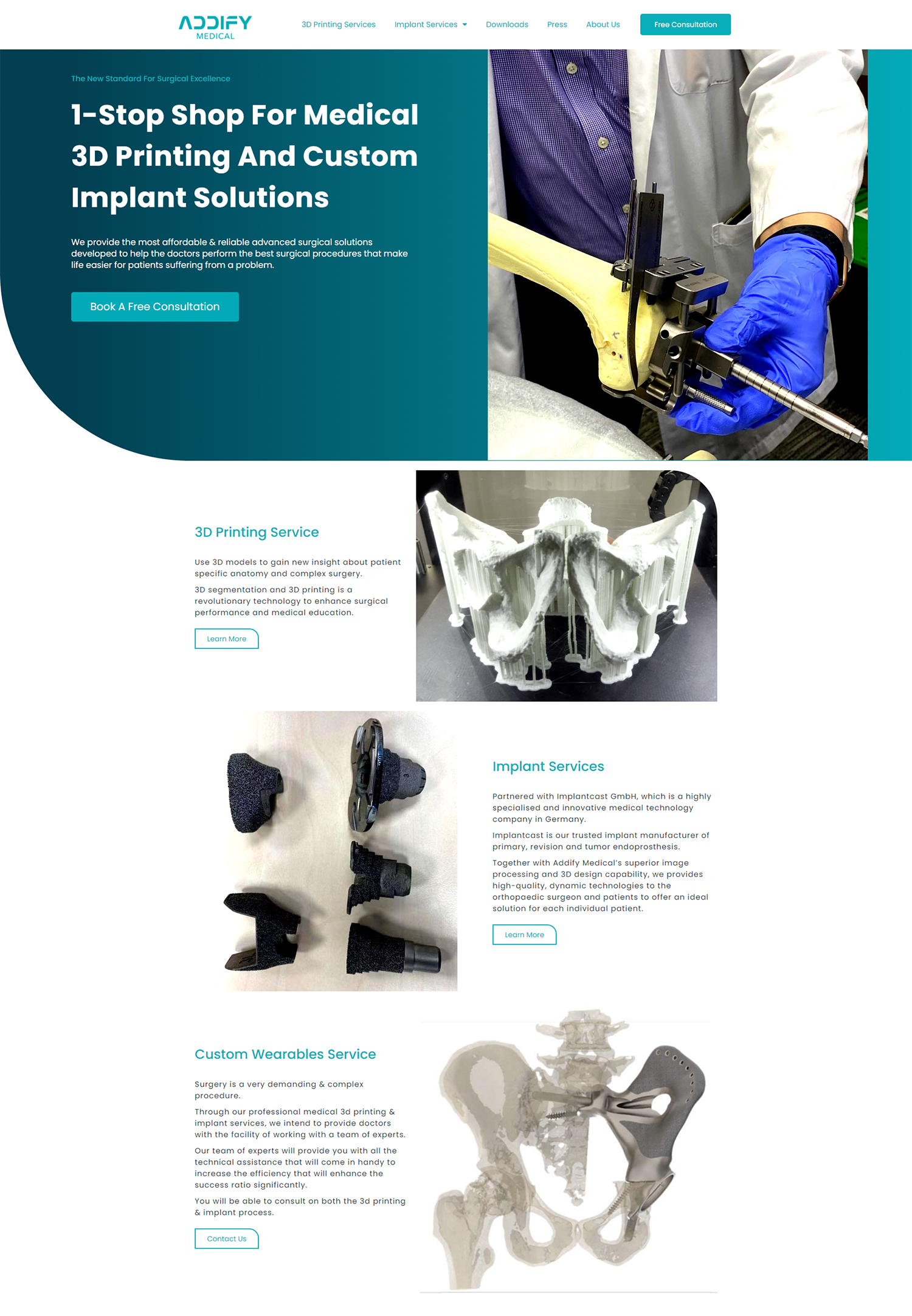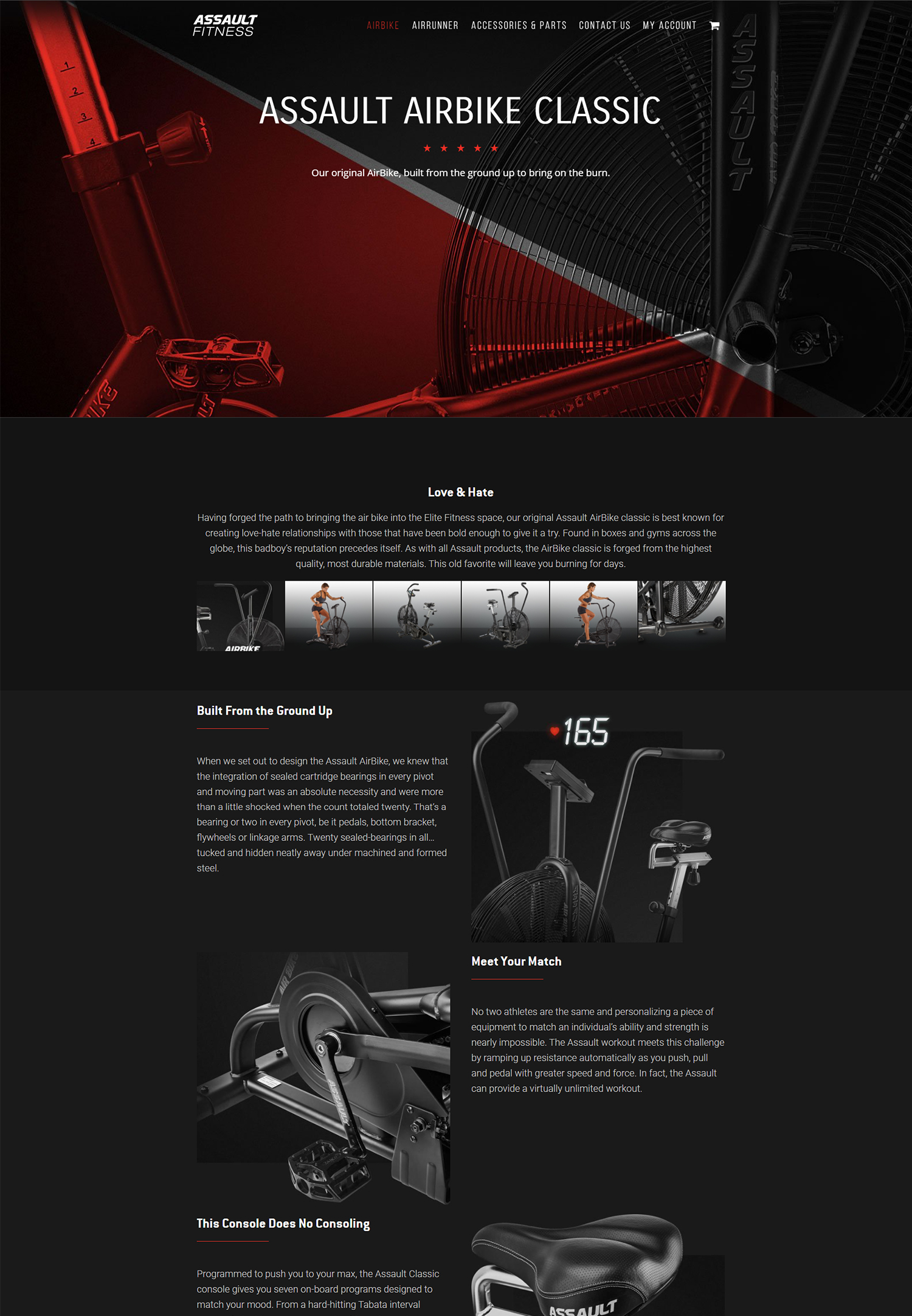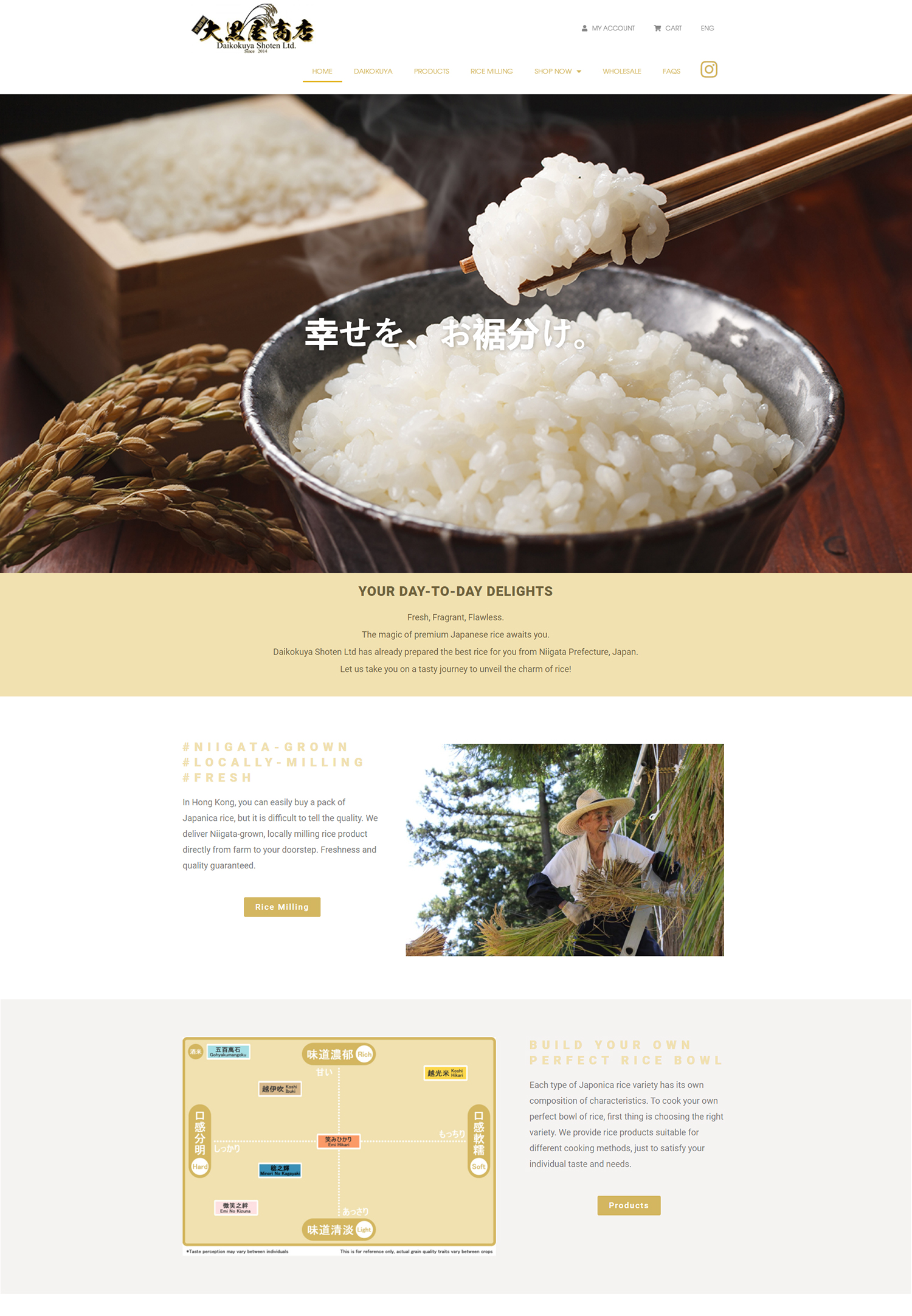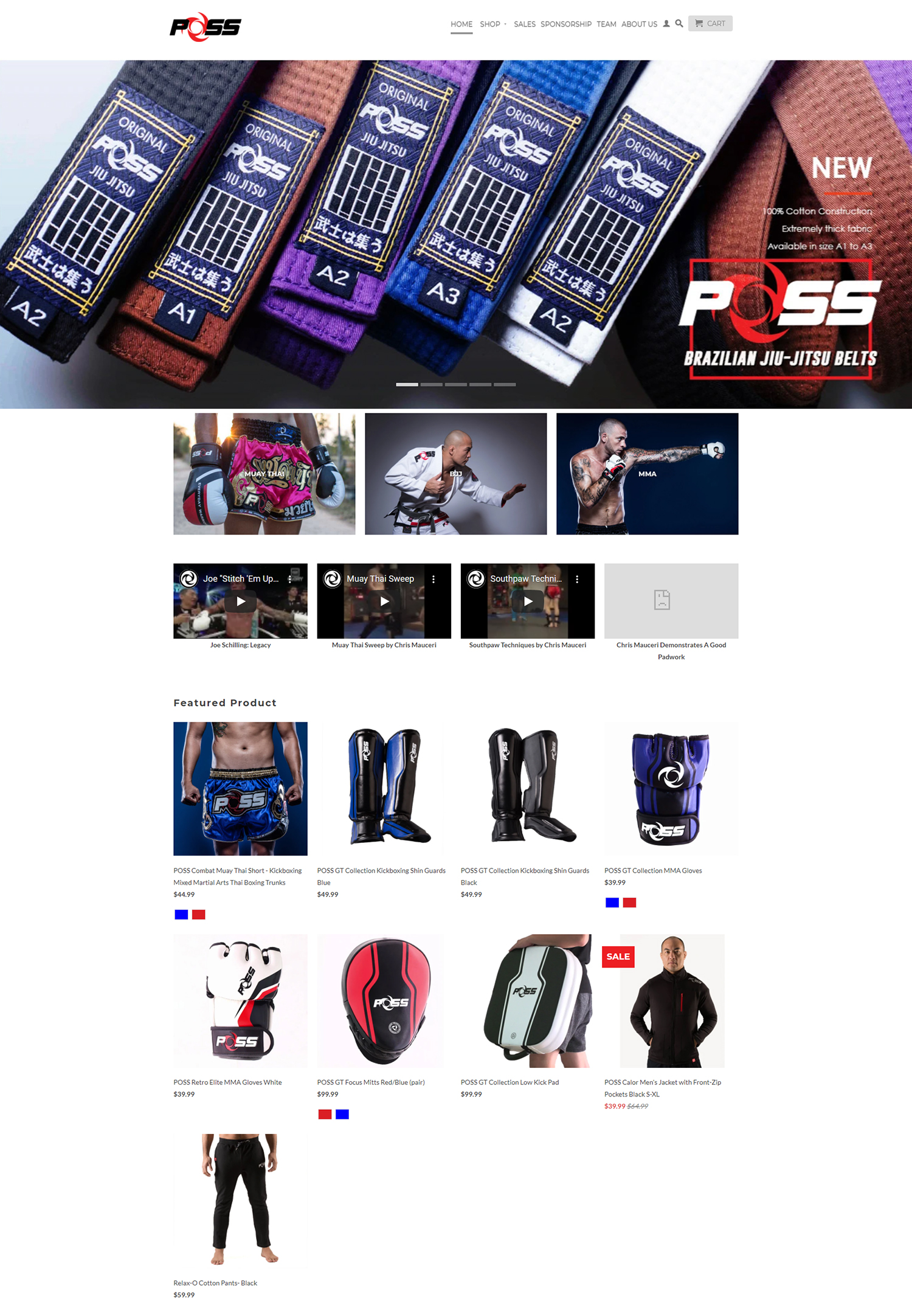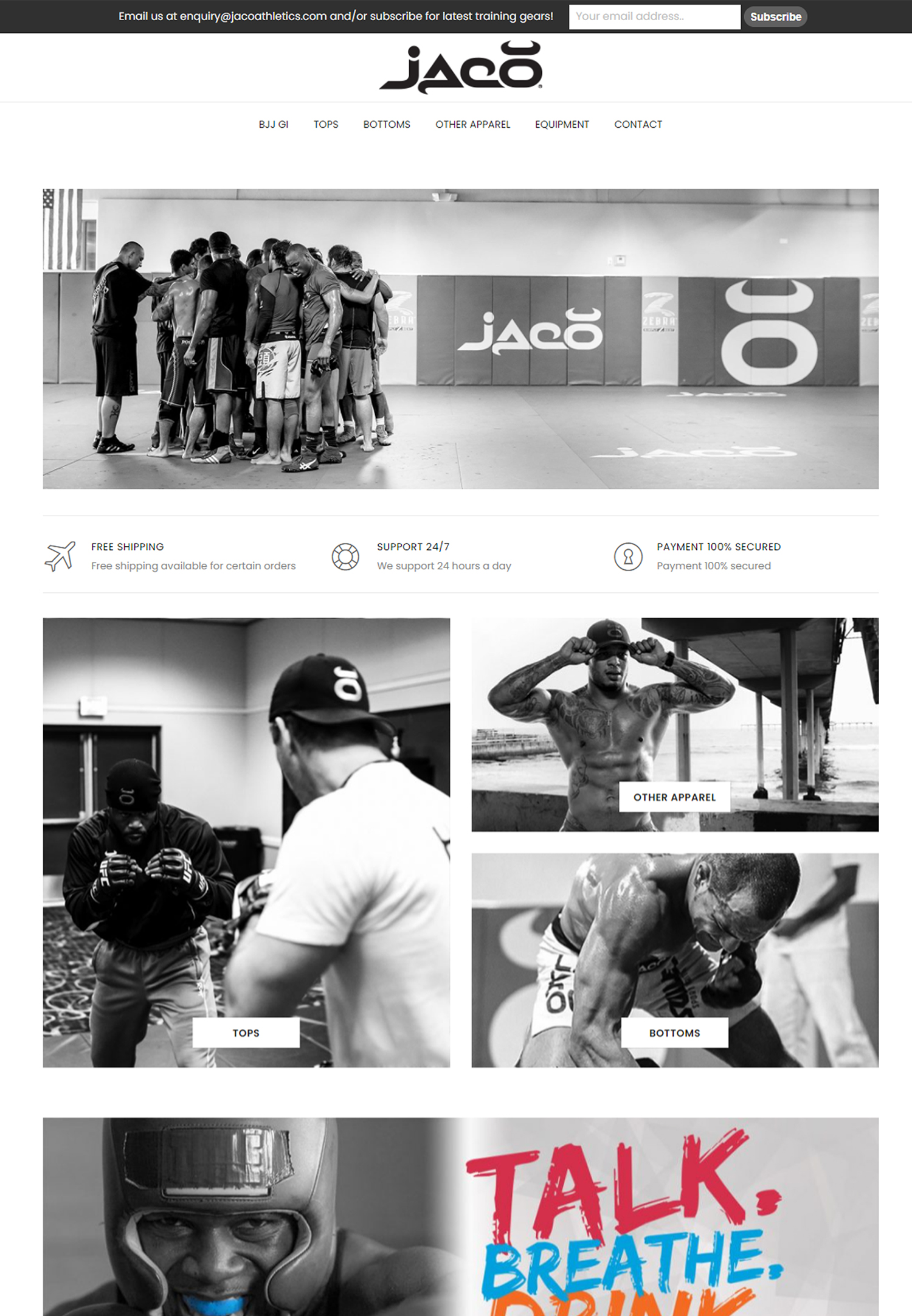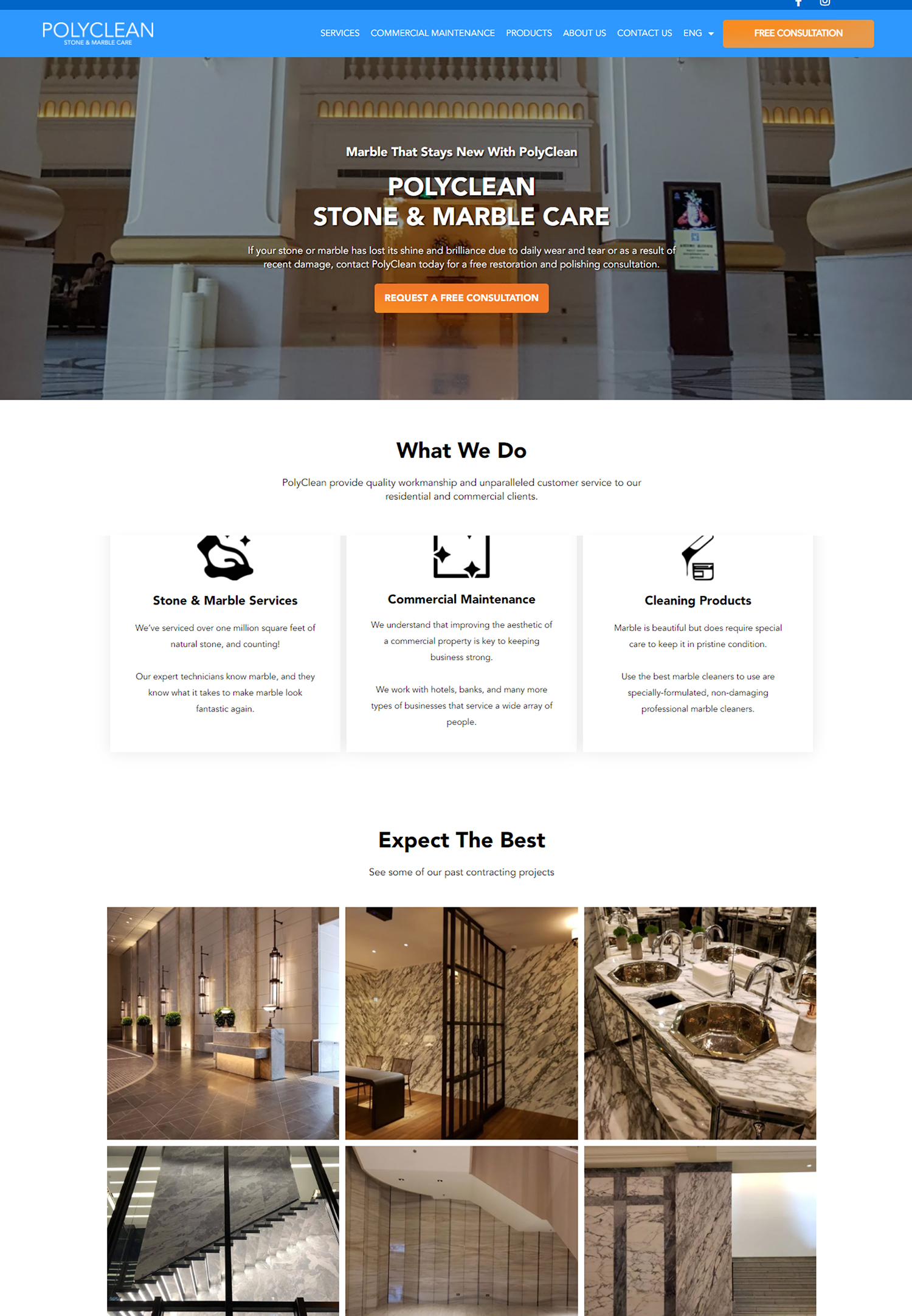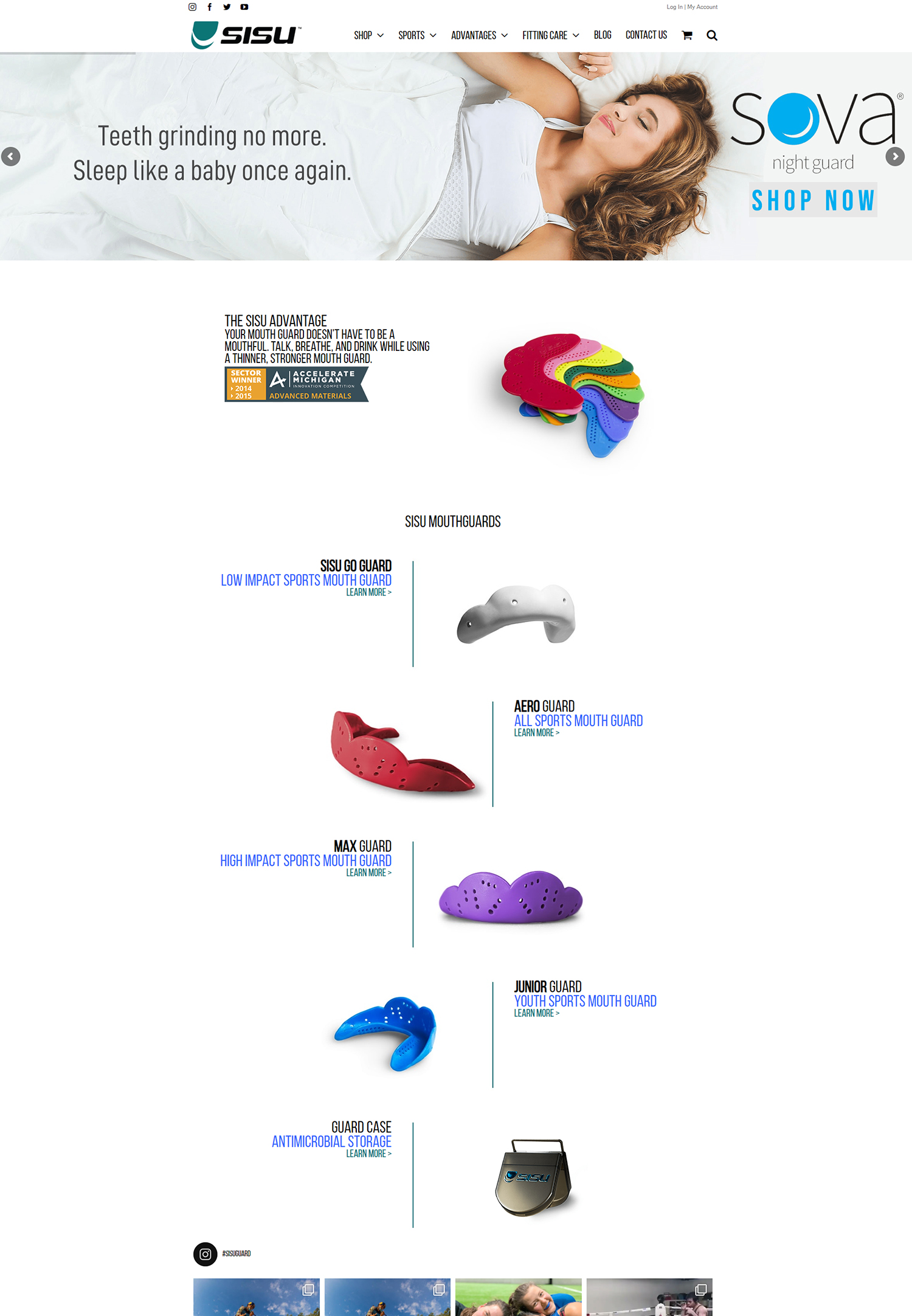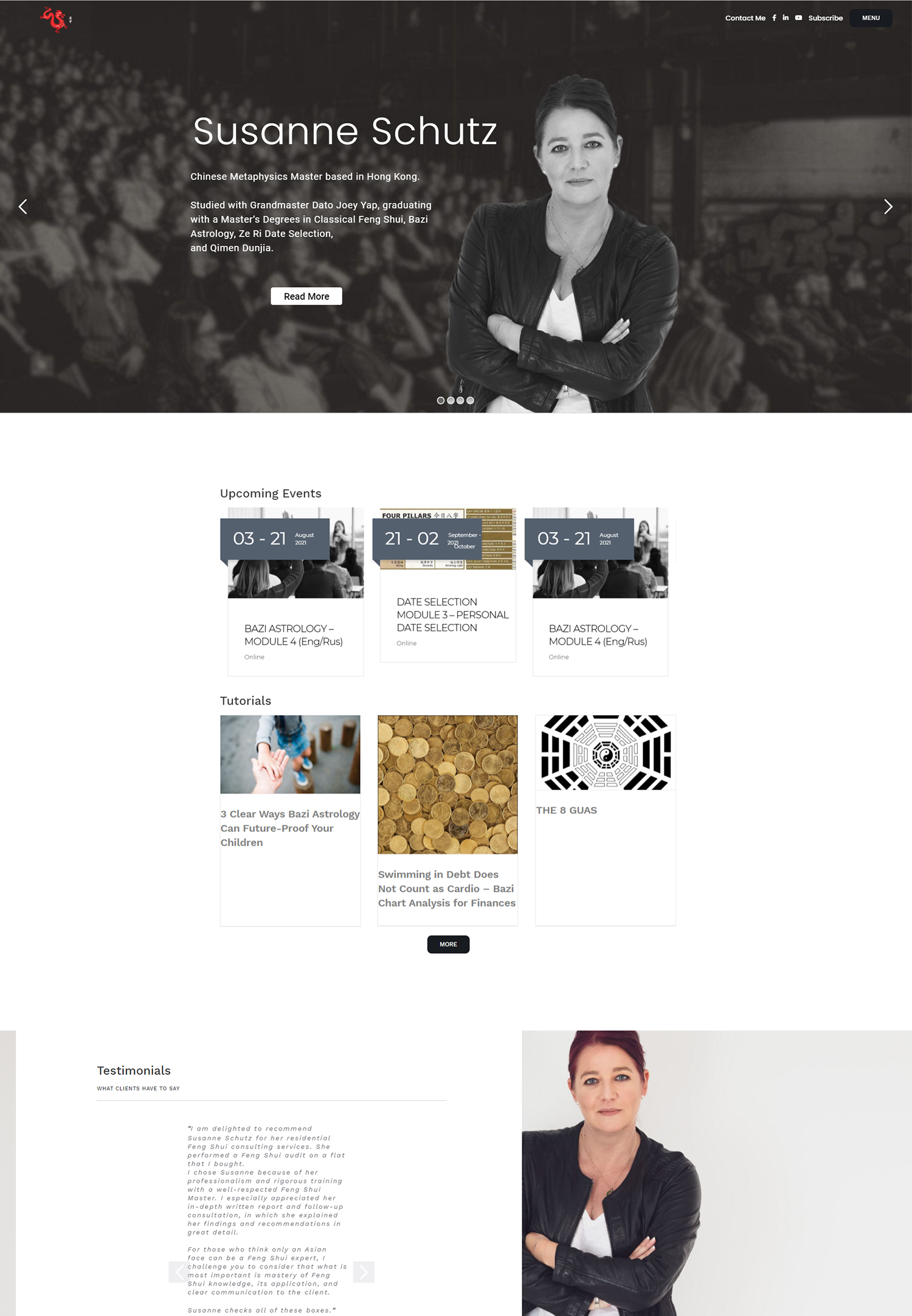A/B testing is a method used in digital marketing to compare two versions of a webpage or app to determine which one performs better. It involves splitting your audience into two groups and showing each group a different version of your website or app. By measuring the conversion rates of each version, you can determine which one is more effective in achieving your desired goals.
A/B testing is crucial for website optimization because it allows you to make data-driven decisions about your website design, content, and user experience. Instead of relying on guesswork or assumptions, A/B testing provides concrete evidence of what works and what doesn’t. By continuously testing and optimizing your website, you can improve its performance and ultimately increase conversions.
Understanding the Importance of Conversion Optimization
Conversion optimization is the process of improving your website or app to increase the percentage of visitors who take a desired action, such as making a purchase, signing up for a newsletter, or filling out a contact form. It involves analyzing user behavior, identifying areas for improvement, and implementing changes to optimize the user experience and drive more conversions.
Conversion optimization is essential for businesses because it directly impacts their bottom line. By increasing the conversion rate, businesses can generate more leads, increase sales, and ultimately grow their revenue. It also helps businesses make the most out of their existing traffic and marketing efforts by maximizing the value they get from each visitor.
How A/B Testing Helps Maximize Your Website’s Potential
A/B testing is a powerful tool for maximizing your website’s potential because it allows you to test different variations of your website and identify which ones lead to higher conversion rates. By systematically testing different elements such as headlines, images, call-to-action buttons, and layout, you can optimize your website for maximum effectiveness.
For example, let’s say you have an e-commerce website and you want to increase the number of purchases made by visitors. You could create two versions of your product page, one with a green “Buy Now” button and another with a red “Buy Now” button. By running an A/B test and measuring the conversion rates of each version, you can determine which color button leads to more purchases.
There have been numerous successful examples of A/B testing leading to significant improvements in conversion rates. For instance, Expedia increased their revenue by $12 million per year by changing the order of their search results. By simply showing the most expensive hotels first, they were able to increase the average booking value.
The Science behind A/B Testing and Conversion Optimization
A/B testing is not just about randomly changing elements on your website and hoping for the best. It is grounded in the science of human psychology and user behavior. By understanding how people think and make decisions, you can design experiments that are more likely to yield meaningful results.
One psychological principle that A/B testing leverages is social proof. People are more likely to take a desired action if they see that others have already done so. By incorporating social proof elements such as customer testimonials, reviews, or user ratings into your website, you can increase trust and credibility, leading to higher conversion rates.
A/B testing also helps improve user experience by identifying and addressing pain points in the customer journey. By analyzing user behavior data and conducting usability tests, you can uncover areas where users are getting stuck or experiencing frustration. By making targeted changes based on these insights, you can create a smoother and more enjoyable user experience, ultimately leading to higher conversions.
Identifying Key Metrics to Measure Conversion Rates
To measure the effectiveness of your A/B tests and conversion optimization efforts, it’s important to track and analyze key metrics related to conversion rates. These metrics provide insights into how well your website is performing and help you identify areas for improvement.
Some key metrics for measuring conversion rates include:
1. Conversion Rate: This is the percentage of visitors who complete a desired action, such as making a purchase or filling out a form. It is calculated by dividing the number of conversions by the number of visitors and multiplying by 100.
2. Bounce Rate: This is the percentage of visitors who leave your website after viewing only one page. A high bounce rate can indicate that your website is not engaging or relevant to visitors, leading to missed conversion opportunities.
3. Average Session Duration: This metric measures how long visitors spend on your website on average. A longer average session duration indicates that visitors are more engaged with your content and are more likely to convert.
4. Click-Through Rate (CTR): This metric measures the percentage of visitors who click on a specific element, such as a call-to-action button or a link. A high CTR indicates that your website is effectively guiding visitors towards desired actions.
Creating Effective A/B Testing Strategies

To create effective A/B testing strategies, it’s important to follow a systematic approach and consider various factors that can impact the outcome of your tests.
1. Define Your Goals: Before starting an A/B test, clearly define what you want to achieve. Whether it’s increasing sales, improving user engagement, or reducing bounce rates, having a clear goal will help you design more focused and effective tests.
2. Identify Testable Elements: Determine which elements of your website you want to test. This could include headlines, images, colors, layouts, or even entire page designs. Focus on elements that are likely to have a significant impact on user behavior and conversion rates.
3. Create Hypotheses: Formulate hypotheses about how different variations of your website will perform. These hypotheses should be based on data, research, and insights about your target audience and their preferences.
4. Design Variations: Create different versions of your website or app based on your hypotheses. Ensure that each version is distinct and has a clear purpose. Use A/B testing tools to split your audience and randomly assign them to each variation.
5. Run the Test: Launch your A/B test and collect data on user behavior and conversion rates. Make sure to run the test for a sufficient duration to gather statistically significant results.
6. Analyze the Results: Once the test is complete, analyze the data to determine which variation performed better in terms of your defined goals. Look for statistically significant differences in conversion rates and other key metrics.
Best Practices for Conducting A/B Tests
While A/B testing can be a powerful tool for optimization, it’s important to follow best practices to ensure accurate and reliable results.
Dos:
– Test one element at a time: To accurately measure the impact of a specific change, only test one element at a time. Testing multiple elements simultaneously can make it difficult to determine which change led to the observed results.
– Test a large enough sample size: Ensure that you have a sufficient number of visitors participating in your A/B test to obtain statistically significant results. A small sample size can lead to unreliable or inconclusive results.
– Monitor the test regularly: Keep an eye on the progress of your A/B test and monitor key metrics throughout the duration of the test. This will allow you to identify any issues or anomalies early on and make necessary adjustments.
Don’ts:
– Make assumptions: Avoid making assumptions about what will work best for your audience without testing it first. What may seem intuitive or logical to you may not necessarily align with your audience’s preferences or behavior.
– Stop testing too soon: It’s important to run your A/B tests for a sufficient duration to gather statistically significant results. Ending a test prematurely can lead to inaccurate conclusions and missed optimization opportunities.
– Ignore qualitative feedback: While quantitative data is crucial for A/B testing, don’t overlook qualitative feedback from users. Conduct user surveys, interviews, or usability tests to gather insights about user preferences and pain points.
Analyzing A/B Test Results and Making Data-Driven Decisions
Analyzing A/B test results involves looking at the data collected during the test and drawing conclusions based on statistical significance. This process allows you to make data-driven decisions about which variation of your website or app is more effective in achieving your goals.
To analyze A/B test results, follow these steps:
1. Calculate Statistical Significance: Use statistical analysis tools to determine if the observed differences in conversion rates between variations are statistically significant. This helps you determine if the results are due to chance or if they are a true reflection of user behavior.
2. Consider Secondary Metrics: While conversion rate is often the primary metric of interest, it’s important to consider secondary metrics as well. For example, a variation may have a higher conversion rate but a lower average order value. Consider the overall impact on your business goals when making decisions based on test results.
3. Document Insights: Document the insights gained from the A/B test, including the impact of each variation on key metrics, any unexpected findings, and any hypotheses that were confirmed or disproven. This documentation will help inform future optimization efforts and provide a reference for future analysis.
4. Make Data-Driven Decisions: Based on the analysis of A/B test results, make data-driven decisions about which variation to implement permanently. Consider the impact on conversion rates, user experience, and overall business goals when making these decisions.
Implementing Successful A/B Testing for Long-Term Growth
To implement successful A/B testing for long-term growth, it’s important to establish a culture of continuous optimization within your organization. This involves integrating A/B testing into your regular website maintenance and improvement processes.
Here are some tips for continuous optimization:
1. Set Up a Testing Schedule: Establish a regular testing schedule to ensure that you are consistently testing and optimizing your website. This could be monthly, quarterly, or based on specific business goals or events.
2. Prioritize Tests: Prioritize A/B tests based on their potential impact and feasibility. Focus on high-impact tests that are relatively easy to implement and have a high likelihood of success.
3. Learn from Failed Tests: Not all A/B tests will yield positive results. It’s important to learn from failed tests and use the insights gained to inform future optimization efforts. Failed tests can provide valuable insights into user preferences and behavior.
4. Involve Stakeholders: Involve stakeholders from different departments, such as marketing, design, and development, in the A/B testing process. This ensures that different perspectives are considered and increases buy-in for optimization efforts.
Leveraging A/B Testing to Optimize Website Performance
In conclusion, A/B testing is a powerful tool for optimizing website performance and increasing conversion rates. By systematically testing different variations of your website or app, you can make data-driven decisions about design, content, and user experience.
Conversion optimization is crucial for businesses as it directly impacts their bottom line. By increasing conversion rates, businesses can generate more leads, increase sales, and ultimately grow their revenue.
To leverage A/B testing for long-term success, it’s important to follow best practices, analyze test results accurately, and implement a culture of continuous optimization within your organization. By doing so, you can maximize your website’s potential and achieve long-term growth.
If you’re interested in A/B testing for conversion optimization, you may also want to check out this article on “How to Increase Online Sales for Your Ecommerce Business.” This article provides valuable insights and strategies for boosting sales on your ecommerce website. From optimizing product pages to improving checkout processes, it covers various techniques that can help you drive more conversions and increase revenue. To learn more, click here.
FAQs
What is A/B testing?
A/B testing is a method of comparing two versions of a webpage or app to determine which one performs better in terms of user engagement and conversion rates.
Why is A/B testing important for conversion optimization?
A/B testing allows businesses to make data-driven decisions about their website or app design, content, and user experience. By testing different variations, businesses can identify which changes lead to higher conversion rates and optimize their website or app accordingly.
What are some common elements that can be tested in A/B testing?
Some common elements that can be tested in A/B testing include headlines, images, call-to-action buttons, page layout, color schemes, and pricing.
How do you set up an A/B test?
To set up an A/B test, you need to identify the element you want to test, create two versions of the webpage or app with different variations of that element, and randomly assign users to one of the two versions. You then track user behavior and conversion rates to determine which version performs better.
What are some best practices for A/B testing?
Some best practices for A/B testing include testing one element at a time, testing for a long enough period to gather statistically significant data, and ensuring that your sample size is large enough to accurately represent your user base.
What tools can be used for A/B testing?
There are many tools available for A/B testing, including Google Optimize, Optimizely, VWO, and Adobe Target. These tools allow businesses to easily set up and run A/B tests, track user behavior, and analyze results.




